I keep applying for teller/customer service positions at the banks. As recommended, I register on their website, post my resume and cover letter and apply for job opportunities as they come up. I have never received a phone call for an interview.
What am I doing wrong?
Signed: Online
Dear Online,
Did you know that many of the larger companies like the banks use an online software that is automated for screening of online applications? It is known as the Applicant Tracking System (ATS). To help figure out what needs to be done so that your resume and cover letter will be flagged for the recruiter or hiring manager on the ATS, I spoke to Michelle Edmunds, Founder and Job Search Coach at Focus Industry Consulting as well as Employer Outreach and Placement Coordinator at Ryerson University’s Chang School. She advised the following:
1. Category matching.
Did you notice how job descriptions have become more creative, with many new job titles, departments and roles that haven’t been seen before? Functions and roles contain fewer tasks and there is a bigger focus on outcomes. Companies are looking for specialists, not generalists.
Create a separate section in the top third of your online resume that captures your relevant specific category of expertise. For example, Client Relationship Management, Communications and Financial Analysis.
2. Resume keyword matching.
Focus on the priority keywords within the job description. Use the exact words and language in the posting. Don’t copy and paste those words exactly as is — instead, write your matching or relevant work experience with detailed examples, while still ensuring that you are capturing the key terms that are important — for example, if you are applying for a “Customer Service Representative”, and phrases such as “relationship management”, “analytical skills” and a “bachelors degree”, appear in the job description, these are mandatory qualifications.
Keyword matching shows the system that you understand the job requirements and that you speak their language.
3. Include your accomplishments.
This is your strategy to market yourself in both the online application and interview. It’s how you can stand out from the crowd. Your accomplishments should be unique, valuable and strategic, and they should match the job posting’s job description first, and then the listed requirements. The phrases need to be personal and real. Using the keywords in the job description, prepare these statements, so that they are well-received by the outcome based job lists on the ATS.
Based on the STAR method (Situation, Task, Action and Result), you can prepare these statements for the resume as well as to respond to the behavioural questions in the interview.
4. Limit your online applications.
Don’t spend all your time on the ATS. Build your professional network, meet as many people as possible in your field, engage in information interviews, use social media to research and network. Despite the proliferation of online tools, most people continue to get jobs through people they know.
Good luck!






